
Is there a more wonderful summertime treat than eating a homegrown strawberry?
It’s an experience for all of our senses. You search for that perfect berry – bright, red, shining like a jewel. You hear the satisfying snap as you pull the strawberry from the vine that lets you know you’ve picked the berry at its peak. Already you can smell the sweetness from the little sun-warmed berry in your hand. And finally, you pop the ruby prize into your mouth, biting down and savoring the candy-like juices of the berry.
You can’t help yourself, so you close your eyes and let out an audible, “Mmmm!”
The only thing better than eating a strawberry in June is eating lots of strawberries in June.
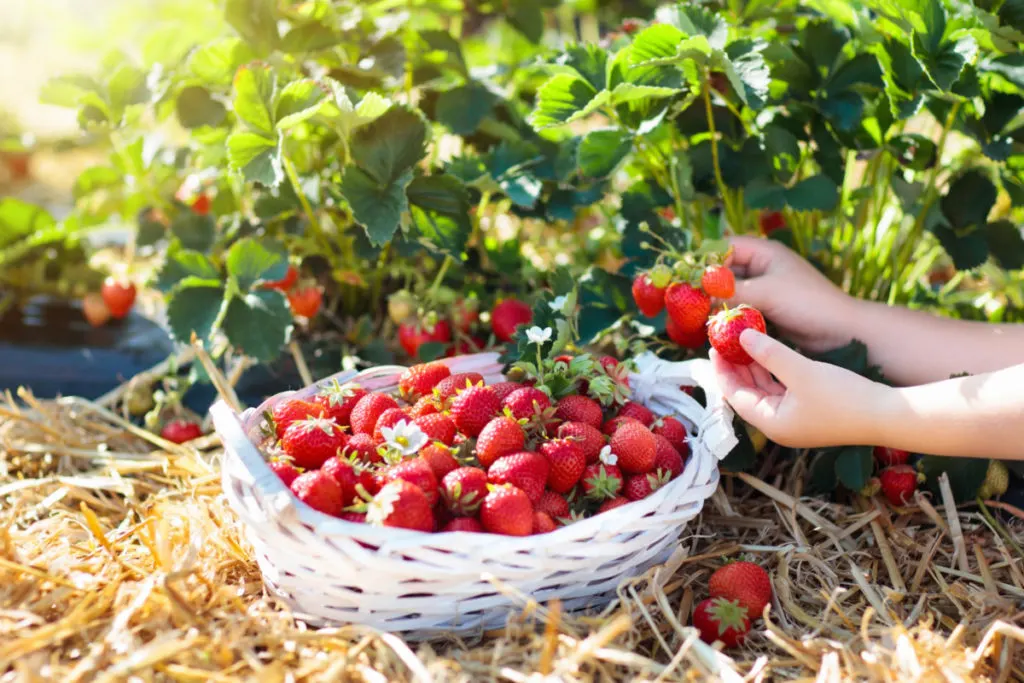
I’ve got seven secrets to help you get the most berries from your strawberry plants, year after year.
Follow these tips, and hopefully, you’ll be enjoying strawberry shortcake and making strawberry jam this summer.
1. Mulch Your Beds
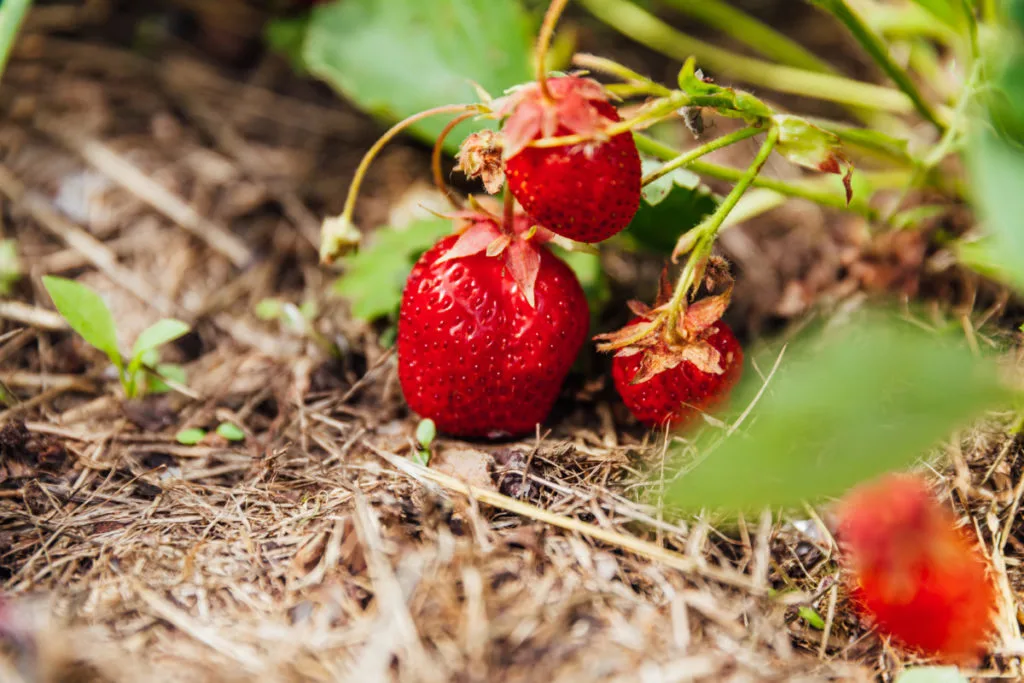
Unlike most berries that grow on canes or bushes, strawberries grow directly on the ground. And as we all know, there are millions of microbes in the soil, many of which aren’t exactly friendly to your budding berries.
To protect your plants from disease and rot and give your berries the best chance of success, mulch your beds well.
A great option is right in the name – straw.
Strawberries love moisture, but they do best in sandy, well-draining soil. To keep the shallow roots moist, you have to mulch. There’s just no getting around it.
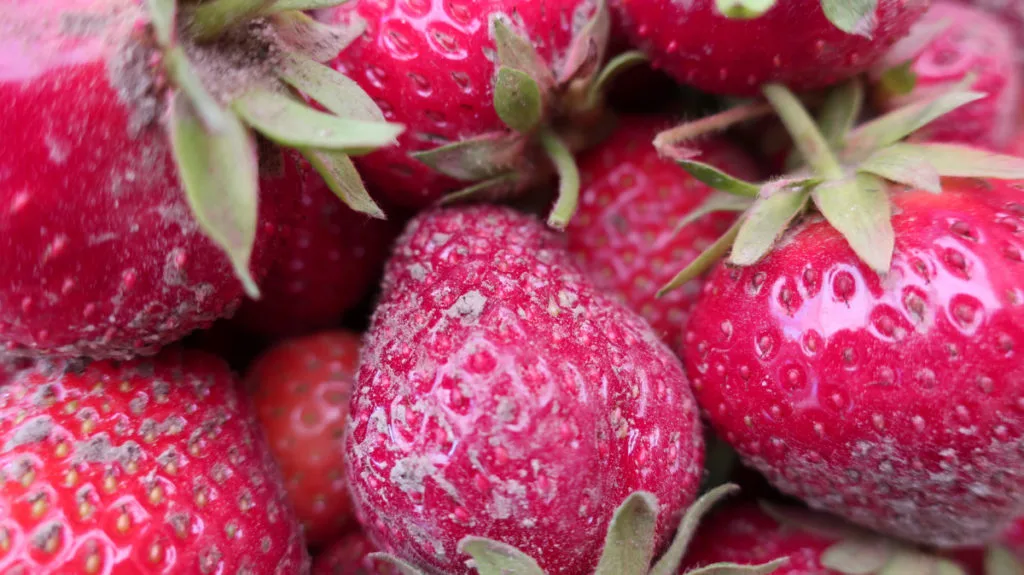
When you mulch your berries, not only are you protecting them from disease and locking in the moisture they crave, you’re also keeping weeds at bay and the growing strawberries clean.
Unmulched berries get dirty as every drop of rain splashes tiny bits of dirt on them. (Along with whatever microscopic creepy-crawlies are in the dirt.)
2. Never Water the Crown
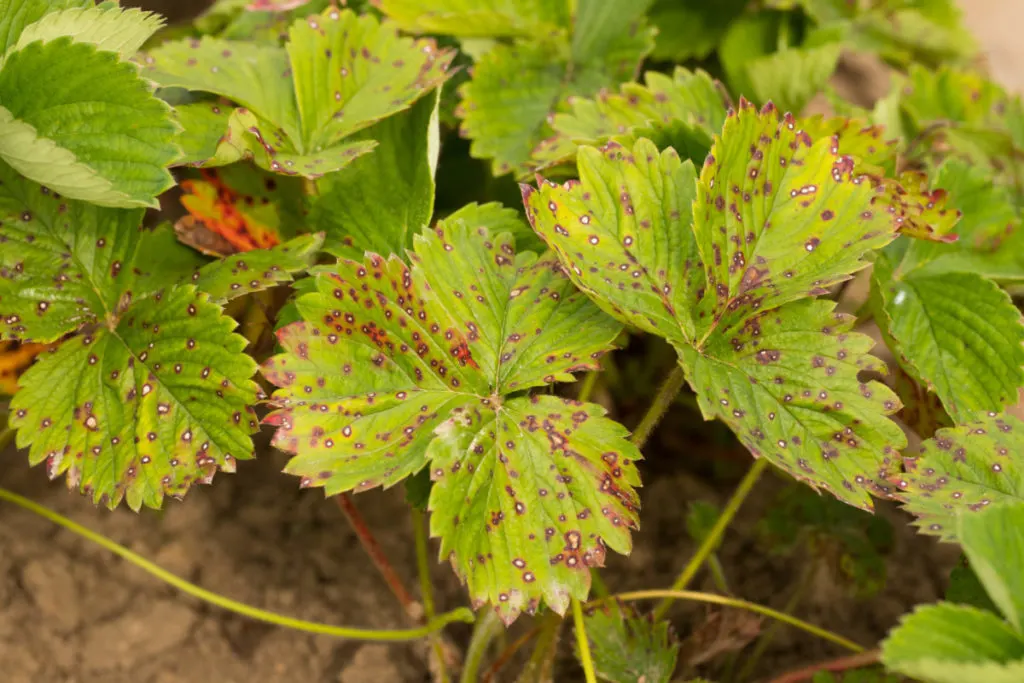
It’s best to water strawberries a few inches away from the plant’s crown with a soaker hose if you can do so.
If a soaker hose isn’t an option, don’t water your berries from overhead. You’ll be soaking the crown and leaves and opening them up to fungus and other diseases that thrive in wet conditions.
Even if you have to use a bucket and a cup, it’s best to water strawberry plants directly on the ground near the plant’s base. You want moist roots and dry crowns and leaves.
3. Make Your Bed
Or rather, make your strawberry bed. As we’ve already stated, strawberries are easy targets for disease, fungus and other problems because they grow so close to the ground. If you want prolific berries, you have to keep a tidy strawberry bed. Remove weeds daily; mulching will help to keep weeds down.
Trim off any spotted or diseased leaves from the plants as you find them. Remove slugs or other critters by hand.
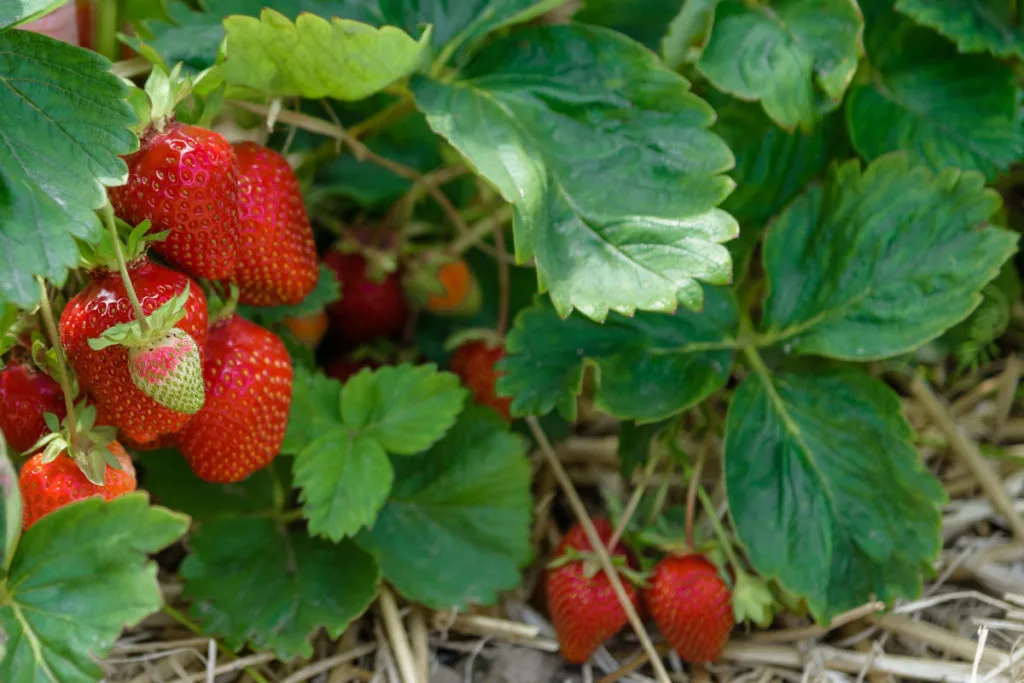
It’s not a bad idea to check your strawberry bed daily during their growing season. Keeping on top of things will alert you to problems before they get out of hand.
To really give your strawberries the upper hand, try growing them in containers up off the ground, or even in a hanging basket.
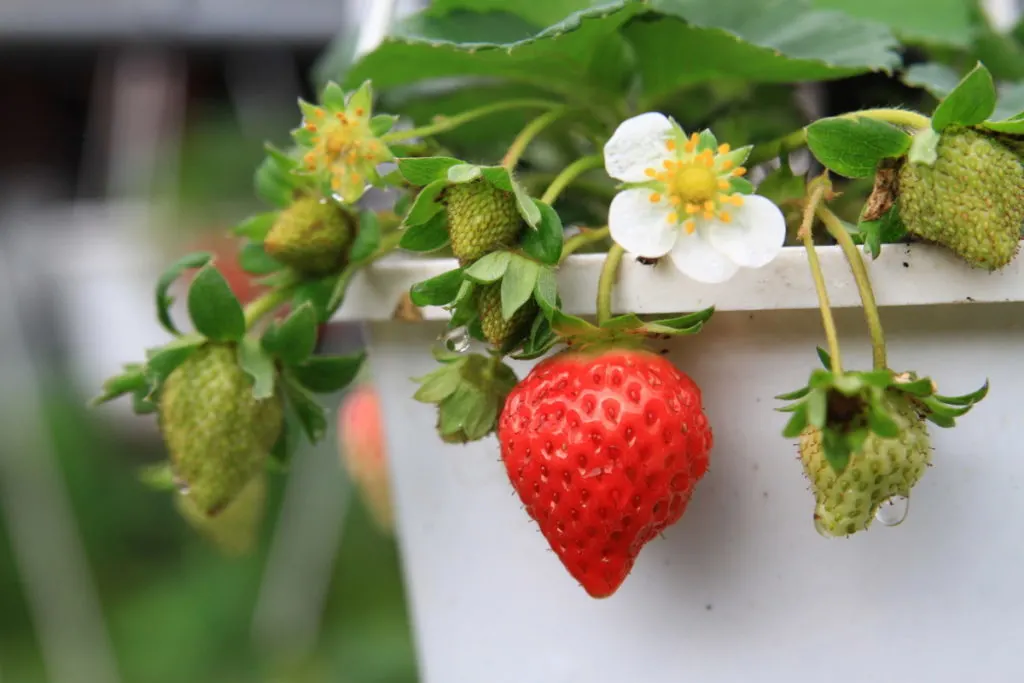
4. Nitrogen, Nitrogen, Nitrogen
Nitrogen is an incredibly important element for strawberries, but it needs to be administered at the right times. If you add nitrogen at the wrong time, you’ll end up with lush strawberry plants covered with runners and leaves but no berries.
Feed strawberries a nitrogen-rich fertilizer in the spring and the fall. They will need this extra boost at the beginning of the growing season.
You can taper off once you see the berries begin to set; if you continue to fertilize, the plant will use that extra nitrogen to make more leaves instead of more berries.
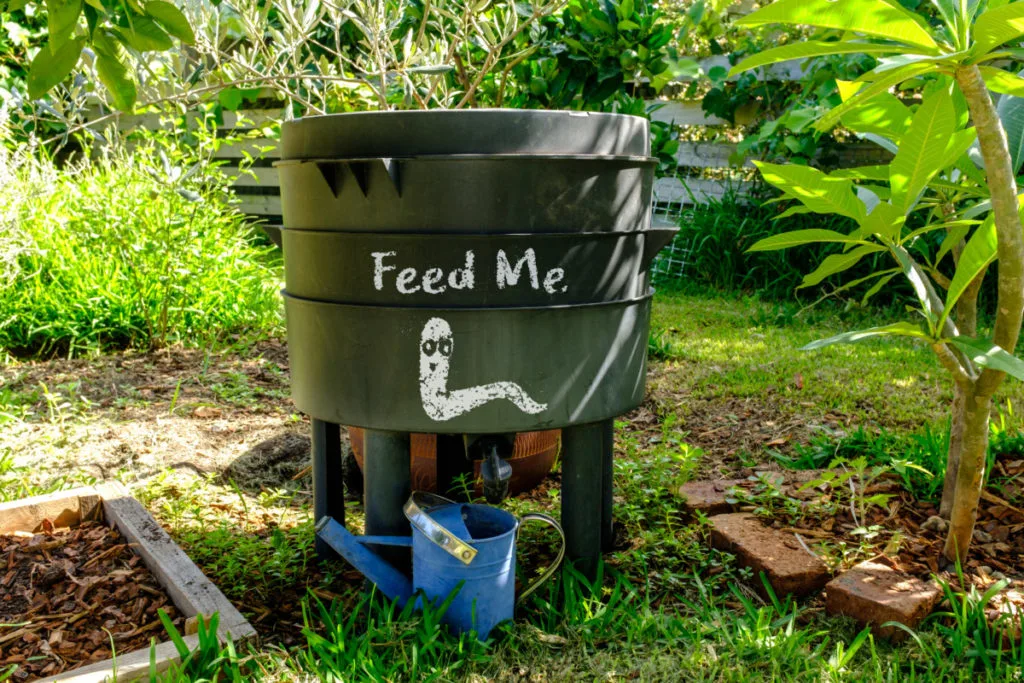
Blood meal, fish emulsion, animal manure and compost are all great natural options for adding nitrogen to the soil. However, you can easily burn the tender roots of strawberry plants if you use straight manure, so be sure to compost these items or make a compost tea with them first. A good way to prevent the roots from being burned is to add fertilizer after you have watered the plants in the morning.
5. Nip It in the Bud
For well-established strawberry plants, you’ll want to pinch off runners as they develop.
Like any plant, it will try to replicate to keep going. Strawberries do this by sending out runners from the main plant. These runners steal nitrogen and energy from the plant, which would otherwise be used to make more berries.
Again, it’s a good idea to check in on your strawberries daily during the growing season and pinch or cut the runners off as they develop.
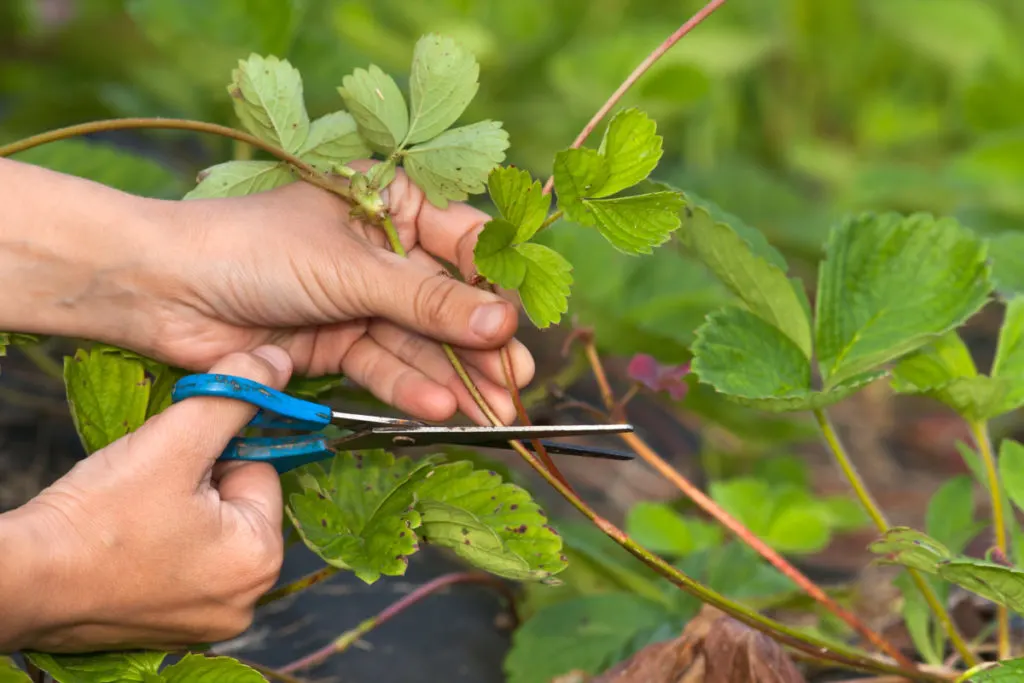
However, if you want more plants, let a few of these runners develop. I wouldn’t let more than three per plant grow, though.
The runner will begin to grow a secondary plant; once that secondary plant has been established and grows on its own in the soil, you can trim the runner between the parent and the new plant. Nip any runners that develop from the secondary plant as well.
Related Reading: How To Grow New Strawberry Plants From Runners
This is a great way to get free strawberry plants. Which is what number seven is all about.
6. A Berry Buzzcut
After your strawberry plants have finished producing for the season, give them a good, hard trim. If you’re growing your plants directly in the ground, you can even do this with your lawnmower. Otherwise, trim them back by hand to about 2-3″ above the ground. Be sure to compost the trimmings or dispose of diseased trimmings
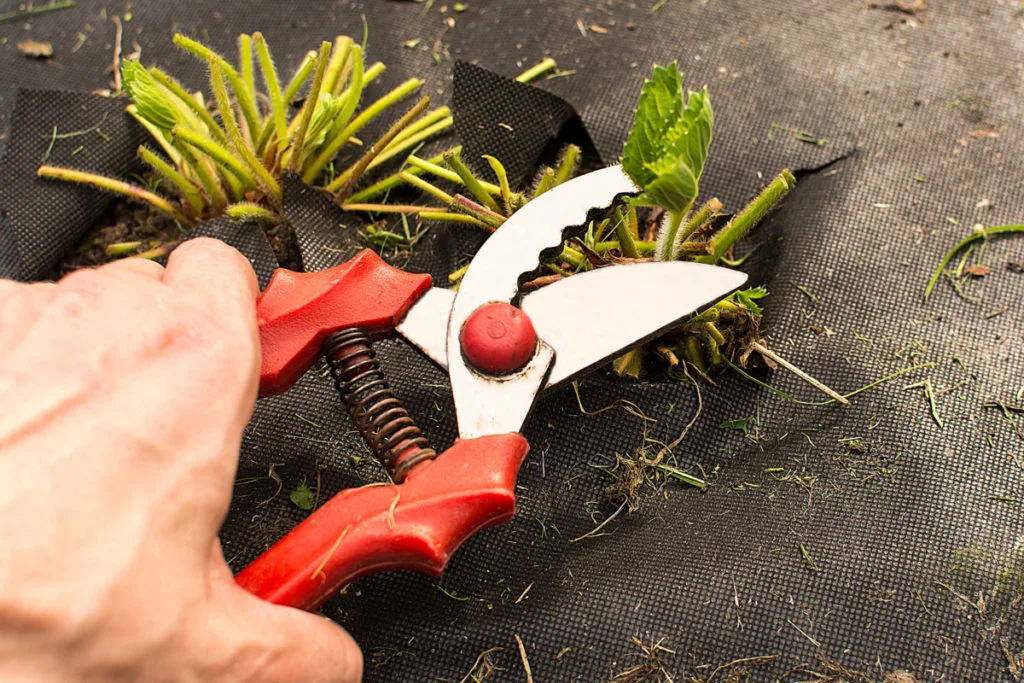
Pruning your strawberry plants should be done in late summer, and it’s also a good time to give them another nitrogen boost before they settle in for the winter.
7. Replace Your Strawberry Beds
Strawberries will naturally produce fewer berries as the plants age. To continue to enjoy a large harvest of berries, you’ll need to replace your strawberry plants every four years.
As I mentioned above, you can easily do this by letting a few plants produce secondary plants from their runners.
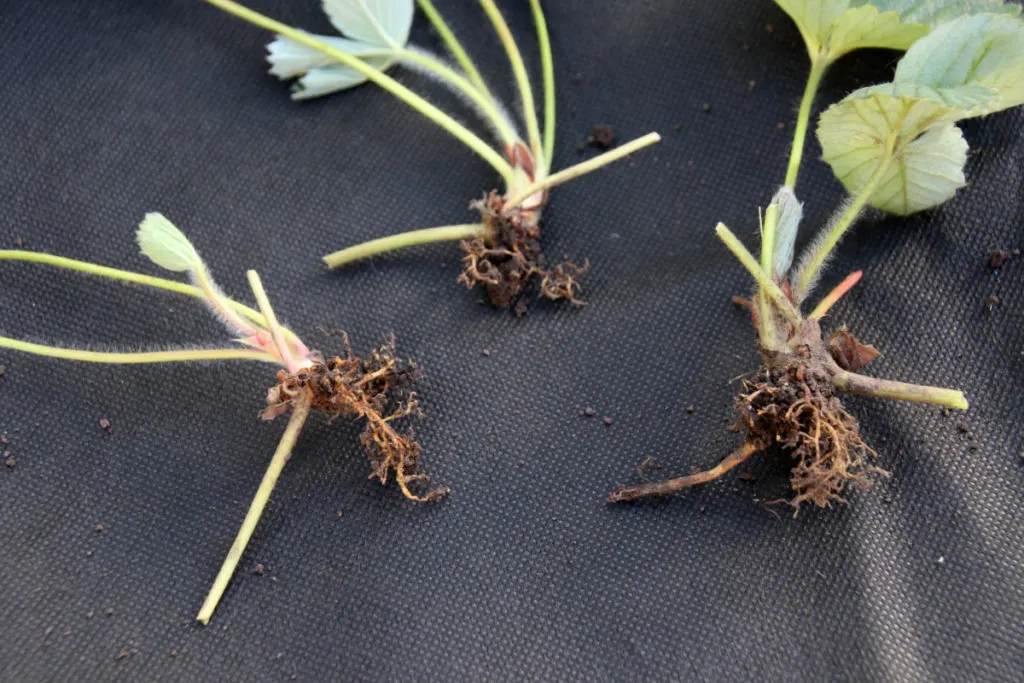
So you aren’t dealing with an entire batch of new plants all at once; stagger their removal. Beginning in the second year, you can start by replacing about a third of your plants and continue this process next year so that with an established strawberry bed, you will be removing the oldest plants every year and replacing them with new ones.
Are you short on space, but still want shortcake? Here are 15 Innovative Strawberry Planting Ideas For Big Harvests In Tiny Spaces.

And that’s it, follow these tips, and you’ll have a bumper crop of berries every summer. Now we just need a post on how to get strawberry stains out of white shirts, and I’ll be all set.
More Strawberry Gardening Tutorials & Ideas
How To Plant a Strawberry Patch That Produces Fruit For Decades
15 Innovative Strawberry Planting Ideas For Big Harvests In Tiny Spaces
How To Grow New Strawberry Plants From Runners
11 Strawberry Companion Plants (& 2 Plants To Grow Nowhere Near)
How to Make an Easy to Water Strawberry Pot
10 Fantastic and Unusual Strawberry Recipes that go Beyond Jam

Get the famous Rural Sprout newsletter delivered to your inbox.
Including Sunday musings from our editor, Tracey, as well as “What’s Up Wednesday” our roundup of what’s in season and new article updates and alerts.

